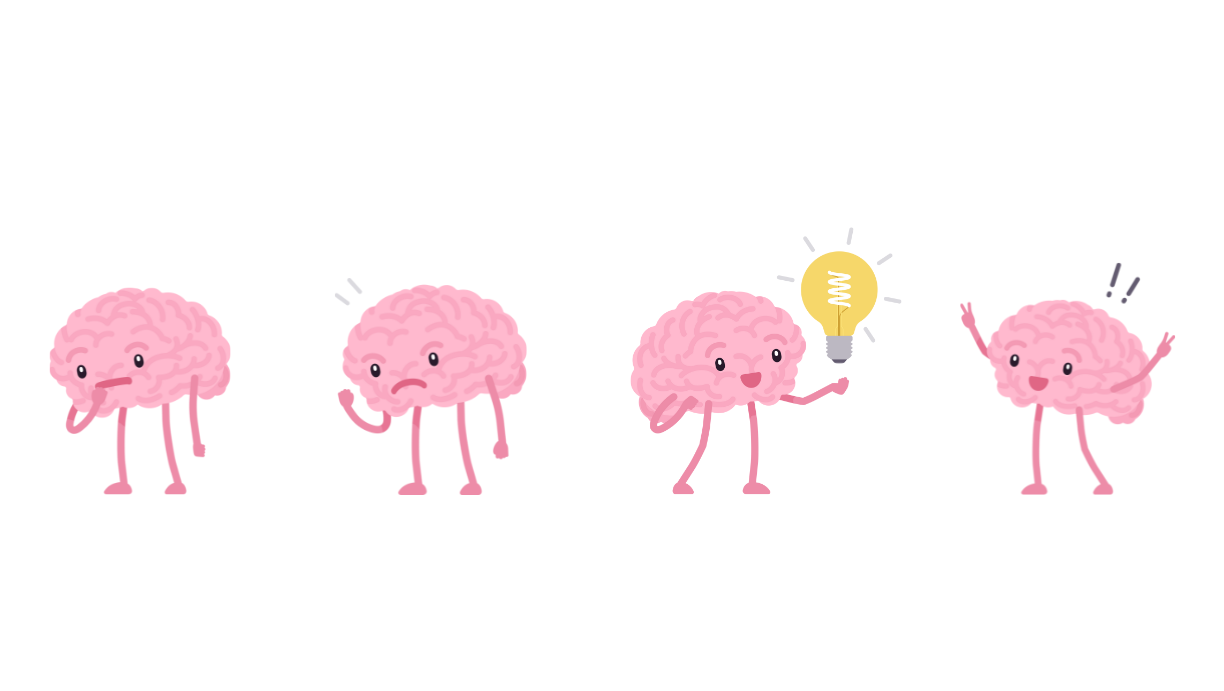5 Brilliant Examples Of Predatory Thinking
“Talent hits a target no one else can hit. Genius hits a target no one else can see.”
What is Predatory Thinking?
We’re big fans of Dave Trott and his book Predatory Thinking, first published in 2014.
It introduced Dave’s approach to problem-solving, which involves challenging conventional thinking and coming up with unorthodox solutions.
Please note the word ‘predatory’ does not imply harming others but refers to an opportunistic and resourceful mindset when tackling challenges.
Why is this approach so powerful?
Because sometimes you have limited resources or obstacles that stand in your way.
So you have to think creatively to outwit your competition.
Well-informed readers will recognise predatory thinking as a form of ‘lateral thinking’, a term first coined by the brilliant Edward de Bono.
What are some great examples of Predatory Thinking?
Dave’s books and brilliant blog contain hundreds of stories of predatory thinking.
Inspired by these, we’ve listed below five other brilliant examples of the power of thinking laterally.
1. How To Legally Avoid Tax
Some things are taxed when they shouldn’t be - like sanitary products in many European countries.
This didn’t stop one German company from thinking laterally.
Instead of putting their tampons in standard packaging, they placed them inside carefully designed books.
Because books aren’t taxed in Germany.
Source: The Tampon Book: The Female Company
2. Finding Cheap Accommodation In Central London
London is one of the best cities in the world.
It’s a true melting pot of cultures, languages and ideas.
Millions of tourists visit it yearly to see its famous landmarks and get lost in its many museums and galleries.
It has one downside (not including the weather): it’s extremely expensive.
The cost of rent has soared in recent years, making it almost impossible for young people and those on low incomes to live there.
Rather than give up hope, some residents have engaged their creative minds.
They’ve discovered that there are many unoccupied buildings of significance throughout the city that local councils don’t want to be vandalised or turned into drug dens.
So you can stay in an old fire station house in the city centre for a few hundred pounds a month.
Not bad when a one-bedroom flat in the same area might cost £1500 or more.
Source: London Live In Guardians
3. Bringing Unbuilt Buildings To Life
One of the challenges for an architect is using a model to convince their client to approve of their vision.
It takes a lot of imagination to think about what the final building will look like once it's complete.
One clever-thinking Dutch company has a novel solution: drones.
By using luminous drones (fitted with LEDs), you can create the shape of any building against a night sky.
It’s a fantastic idea that helps bring speculative architectural drawings to life.
Source: DRIFT studio: Luminous Drones
4. The Slave Who Freed Himself
Slavery is just one example of how unkind human beings can be.
It is deplorable that forms of it still exist in the world today.
If there is some good news, it has been abolished in many countries.
Take America, for example. In 1865 it passed the 13th Amendment ending this cruel and exploitative practice.
Before that, life was very hard for those unfortunate enough to be enslaved.
One man in such circumstances was Henry Brown. In 1849, slavery was still legal in the state he lived.
So Henry asked himself the question, ‘Where was slavery illegal?’
Armed with the answer, he boxed himself up and mailed himself to a state where slavery was banned.
And he left the box a free man.
Source: Henry Box Brown
5. Using Clams To Monitor Water Quality
In Warsaw, the capital city of Poland, they use eight clams with triggers attached to their shells to monitor the city’s water quality.
If the water becomes too toxic, the clams close their shells, automatically shutting off the city's water supply.
This is because clams live in fresh water and close their shells if they detect any impurities.
After acclimatisation, the clams are placed in a flow tank connected to a system controller that triggers an alarm and shuts down the water supply if the water quality deteriorates.
Each clam serves for three months before being returned to the same water they came from.
Source: Bored Panda
If you found the above helpful, you’ll love our Creative Thinking Course. Made in collaboration with some of the world’s greatest creative minds, it's packed with practical tools and tips to help unlock your creative potential.






